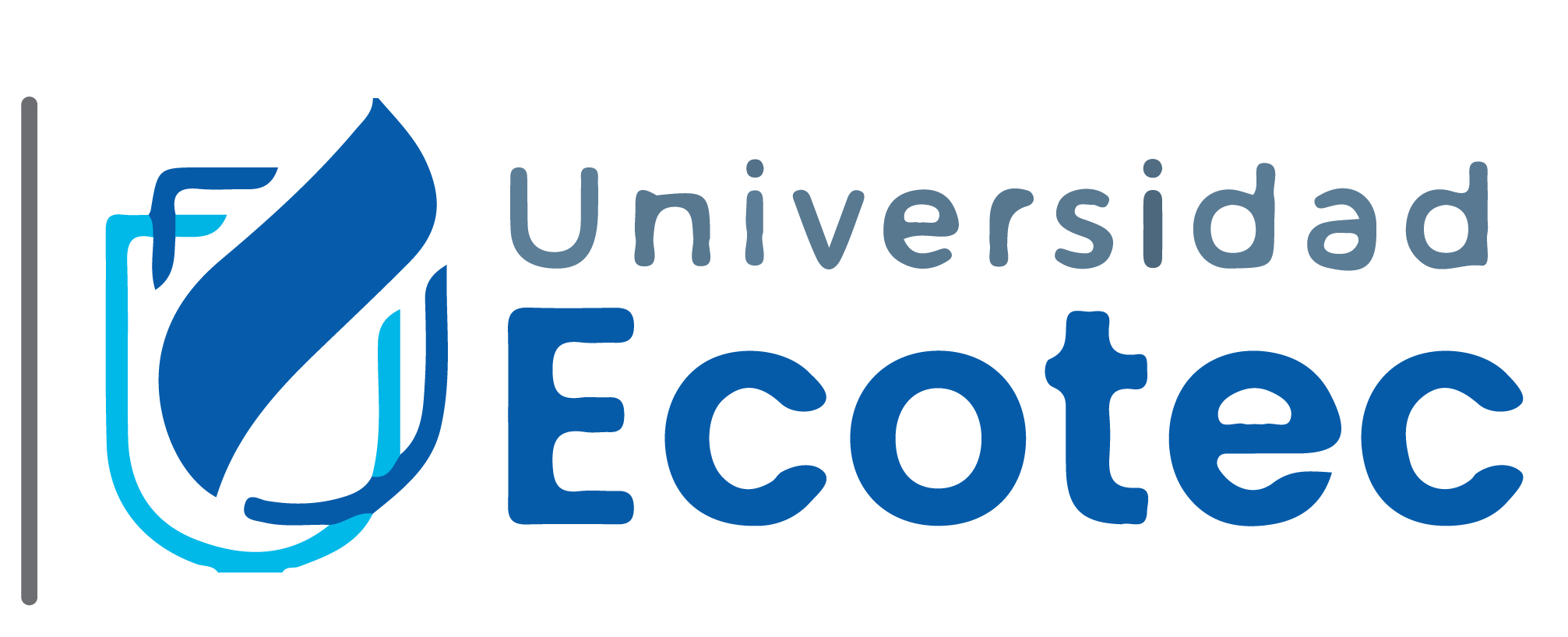Artículo
The Bibliometric Analysis of Studies on Physical Literacy for a Healthy Life
Resumen
0
PT AU BA BE GP AF BF CA TI SO SE BS LA DT CT CY CL SP HO DE ID AB C1 C3 RP EM RI OI FU FP FX CR NR TC Z9 U1 U2 PU PI PA SN EI BN J9 JI PD PY VL IS PN SU SI MA BP EP AR DI DL D2 EA PG WC WE SC GA PM OA HC HP DA UT
J Mendoza-Munoz, M; Vega-Munoz, A; Carlos-Vivas, J; Denche-Zamorano, A; Adsuar, JC; Raimundo, A; Salazar-Sepulveda, G; Contreras-Barraza, N; Munoz-Urtubia, N Mendoza-Munoz, Maria; Vega-Munoz, Alejandro; Carlos-Vivas, Jorge; Denche-Zamorano, Angel; Camelo Adsuar, Jose; Raimundo, Armando; Salazar-Sepulveda, Guido; Contreras-Barraza, Nicolas; Munoz-Urtubia, Nicolas The Bibliometric Analysis of Studies on Physical Literacy for a Healthy Life INTERNATIONAL JOURNAL OF ENVIRONMENTAL RESEARCH AND PUBLIC HEALTH English Article health; healthy behavior; attitude towards sport; healthy habits; education; children; fitness; well-being; bibliometrics GOOGLE-SCHOLAR; EDUCATION; VALIDATION; CHILDREN; SCIENCE; SCOPUS; IMPACT; WEB; PASSPORT; STUDENTS This article empirically provides a global overview of physical literacy, which allows for the understanding of the structure of the epistemic community studying literacy for healthy living. Publications registered in the Web of Science are analyzed using bibliometrics (spatial, productive, and relational) based on data from 391 records, published between 2007 and April 2022, applying five bibliometric laws and using VOSviewer software for data and metadata processing and visualization. In terms of results, we observe an exponential increase in scientific production in the last decade, with a concentration of scientific discussion on physical literacy in seven journals; a production distributed in 46 countries situated on the five continents, but concentrated in Canada and the United States; co-authored research networks composed of 1256 researchers but with a production concentrated of around 2% of these, and an even smaller number of authors with high production and high impact. Finally, there are four thematic blocks that, although interacting, constitute three specific knowledge production communities that have been delineated over time in relation to health and quality of life, fitness and physical competence, education, and fundamental movement skills. [Mendoza-Munoz, Maria] Univ Extremadura, Fac Sport Sci, Res Grp Phys & Hlth Literacy & Hlth Related Qual, Caceres 10003, Spain; [Mendoza-Munoz, Maria; Raimundo, Armando] Univ Evora, Dept Desporto & Sande, Escola Sande & Desenvolvimento Humano, P-7004516 Evora, Portugal; [Vega-Munoz, Alejandro] Univ Cent Chile, Fac Ciencias Salud, Inst Invest & Postgrad, Santiago 8330507, Chile; [Vega-Munoz, Alejandro] Univ Autonoma Chile, Publ Policy Observ, Santiago 7500912, Chile; [Carlos-Vivas, Jorge; Denche-Zamorano, Angel; Camelo Adsuar, Jose] Univ Extremadura, Fac Sport Sci, Promoting Hlth Soc Res Grp PHeSo, Caceres 10003, Spain; [Raimundo, Armando] Univ Evora, Comprehens Hlth Res Ctr CHRC, P-7004516 Evora, Portugal; [Salazar-Sepulveda, Guido] Univ Catolica Santisima Concepcion, Fac Ingn, Dept Ingn Ind, Concepcion 4090541, Chile; [Salazar-Sepulveda, Guido] Univ Amer, Fac Ingn & Negocios, Concepcion 4090940, Chile; [Contreras-Barraza, Nicolas] Univ Andres Bello, Fac Econ & Negocios, Vina Del Mar 2531015, Chile; [Munoz-Urtubia, Nicolas] Univ Extremadura, Int Grad Sch, Caceres 10003, Spain Universidad de Extremadura; University of Evora; Universidad Central de Chile; Universidad Autonoma de Chile; Universidad de Extremadura; University of Evora; Universidad Catolica de la Santisima Concepcion; Universidad de Las Americas - Chile; Universidad Andres Bello; Universidad de Extremadura Mendoza-Munoz, M (corresponding author), Univ Extremadura, Fac Sport Sci, Res Grp Phys & Hlth Literacy & Hlth Related Qual, Caceres 10003, Spain.; Mendoza-Munoz, M (corresponding author), Univ Evora, Dept Desporto & Sande, Escola Sande & Desenvolvimento Humano, P-7004516 Evora, Portugal.; Vega-Munoz, A (corresponding author), Univ Cent Chile, Fac Ciencias Salud, Inst Invest & Postgrad, Santiago 8330507, Chile.; Vega-Munoz, A (corresponding author), Univ Autonoma Chile, Publ Policy Observ, Santiago 7500912, Chile. mamendozam@unex.es; alejandro.vega@ucentral.cl Vega-Muñoz, Alejandro/AAX-7468-2021; Carlos-Vivas, Jorge/O-6686-2016 Vega-Muñoz, Alejandro/0000-0002-9427-2044; Carlos-Vivas, Jorge/0000-0002-6377-9950; Mendoza Munoz, Maria/0000-0001-9502-5486; Denche-Zamorano, Angel/0000-0002-5740-305X; Salazar, Guido/0000-0002-4979-6869; Contreras-Barraza, Nicolas/0000-0001-6729-4398; Raimundo, Armando/0000-0001-9753-8381 Universidad Catolica de la Santisima Concepcion [APC2022]; Universidad Andres Bello [C.C. 21500]; Universidad Autonoma de Chile [C.C. 456001]; Universities Ministry; European Union (Next Generation UE) [MS-12]; Spanish Ministry of Education, Culture, and Sport [FPU20/04201]; MCIN/AEI [FPU20/04201]; European Social Fund Investing in your future; European Union Next Generation EU/PRTR Universidad Catolica de la Santisima Concepcion; Universidad Andres Bello; Universidad Autonoma de Chile; Universities Ministry; European Union (Next Generation UE); Spanish Ministry of Education, Culture, and Sport(Spanish Government); MCIN/AEI; European Social Fund Investing in your future; European Union Next Generation EU/PRTR The article processing charge (APC) was partially financed by Universidad Catolica de la Santisima Concepcion (APC2022). And partially financed through the publication incentive fund 2022 by the Universidad Andres Bello (Code: C.C. 21500) and the Universidad Autonoma de Chile (Code: C.C. 456001). The author M.M.-M. was supported by a grant from the Universities Ministry and the European Union (Next Generation UE) (MS-12). The author A.D.-Z. (FPU20/04201) was supported by a grant from the Spanish Ministry of Education, Culture, and Sport. Grants FPU20/04201 funded by MCIN/AEI/10.13039/501100011033 and, as appropriate, by "European Social Fund Investing in your future" or by "European Union Next Generation EU/PRTR". Ahyan S., 2021, Journal of Physics: Conference Series, V1869, DOI 10.1088/1742-6596/1869/1/012120; [Anonymous], WEB SCI; Bakkalbasi Nisa, 2006, Biomed Digit Libr, V3, P7, DOI 10.1186/1742-5581-3-7; Baur L., 2004, OBES REV OFF J INT A, V5, P4, DOI [DOI 10.1111/J.1467-789X.2004.00133.X, 10.1111/j.1467-789X.2004.00133.x]; Bremer E, 2020, INT J ENV RES PUB HE, V17, DOI 10.3390/ijerph17093129; BULICK S, 1978, COLL RES LIBR, V39, P215, DOI 10.5860/crl_39_03_215; Cairney J, 2019, J TEACH PHYS EDUC, V38, P84, DOI 10.1123/jtpe.2018-0270; Cairney J, 2019, SPORTS MED, V49, P371, DOI 10.1007/s40279-019-01063-3; Cairney J, 2018, MED SCI SPORT EXER, V50, P855, DOI 10.1249/MSS.0000000000001494; Calabuig-Moreno F, 2020, SUSTAINABILITY-BASEL, V12, DOI 10.3390/su12072728; Caldwell HAT, 2020, INT J ENV RES PUB HE, V17, DOI 10.3390/ijerph17155367; Castelli DM, 2014, PREV MED, V66, P95, DOI 10.1016/j.ypmed.2014.06.007; Chadegani A.A., 2013, ARXIV, DOI [10.5539/ass.v9n5p18, DOI 10.5539/ASS.V9N5P18]; COILE RC, 1977, J AM SOC INFORM SCI, V28, P366, DOI 10.1002/asi.4630280610; Coyne P, 2019, APPL PHYSIOL NUTR ME, V44, P645, DOI 10.1139/apnm-2018-0495; Dania A, 2020, EUR PHYS EDUC REV, V26, P903, DOI 10.1177/1356336X20904079; DOBROV GM, 1979, SCIENTOMETRICS, V1, P387, DOI 10.1007/BF02016658; Education P., 2004, MOV FUT NAT STAND PH; Edwards LC, 2018, SPORTS MED, V48, P659, DOI 10.1007/s40279-017-0817-9; Edwards LC, 2017, SPORTS MED, V47, P113, DOI 10.1007/s40279-016-0560-7; Effendi Denti Nanda, 2021, Journal of Physics: Conference Series, V1796, DOI 10.1088/1742-6596/1796/1/012096; Elsborg P, 2021, BMC PUBLIC HEALTH, V21, DOI 10.1186/s12889-021-12301-7; Falagas ME, 2008, FASEB J, V22, P338, DOI 10.1096/fj.07-9492LSF; Gately P., 2010, PHYS LIT, P103; Giblin S, 2014, SPORTS MED, V44, P1177, DOI 10.1007/s40279-014-0205-7; Gumus H., 2020, INT ONLINE J ED TEAC, V7, P1823; Harzing AW, 2016, SCIENTOMETRICS, V106, P787, DOI 10.1007/s11192-015-1798-9; Hirsch JE, 2005, P NATL ACAD SCI USA, V102, P16569, DOI 10.1073/pnas.0507655102; Kriellaars DJ, 2019, J TEACH PHYS EDUC, V38, P162, DOI 10.1123/jtpe.2018-0269; Li MH, 2020, J SPORT SCI, V38, P2850, DOI 10.1080/02640414.2020.1803016; Lodewyk KR, 2017, PHYS EDUC-US, V74, P441, DOI 10.18666/TPE-2017-V74-I3-7459; Longmuir PE, 2015, BMC PUBLIC HEALTH, V15, DOI 10.1186/s12889-015-2106-6; Lundvall S, 2015, J SPORT HEALTH SCI, V4, P113, DOI 10.1016/j.jshs.2015.02.001; Mandigo J, 2019, J TEACH PHYS EDUC, V38, P136, DOI 10.1123/jtpe.2018-0028; Marsden E, 2007, SPORT EDUC SOC, V12, P383, DOI 10.1080/13573320701600621; Matamoros W.F.G., 2019, RECIMUNDO, V3, P1602, DOI [10.26820/recimundo/3.(1).enero.2019.1602-1624, DOI 10.26820/RECIMUNDO/3.(1).ENERO.2019.1602-1624]; Memon AR, 2021, J PHYS ACT HEALTH, V18, P904, DOI 10.1123/jpah.2020-0744; Memon AR, 2020, PERCEPT MOTOR SKILL, V127, P154, DOI 10.1177/0031512519889780; Mendoza-Munoz M, 2021, BIOLOGY-BASEL, V10, DOI 10.3390/biology10060482; Mongeon P, 2016, SCIENTOMETRICS, V106, P213, DOI 10.1007/s11192-015-1765-5; Moreno T., 2013, ICSSPE B J SPORT SCI, V65, P371; MORSE PM, 1979, OPER RES, V27, P187, DOI 10.1287/opre.27.1.187; Mota J, 2021, BMC PUBLIC HEALTH, V21, DOI 10.1186/s12889-021-12230-5; Nystrom CD, 2018, BMC PUBLIC HEALTH, V18, DOI 10.1186/s12889-018-5898-3; Pastor-Cisneros R, 2022, INT J ENV RES PUB HE, V19, DOI 10.3390/ijerph19148850; Perez-Gutierrez M, 2021, INT J INCLUSIVE EDUC, DOI 10.1080/13603116.2021.1916103; Perianes-Rodriguez A, 2016, J INFORMETR, V10, P1178, DOI 10.1016/j.joi.2016.10.006; Pot J., 2013, ICSSPE B, P65; PRICE DJD, 1976, J AM SOC INFORM SCI, V27, P292, DOI 10.1002/asi.4630270505; Rodulfo J.I.A., 2019, 150 NICA INVESTIG AR, V31, P233, DOI [10.1016/j.arteri.2019.04.004, DOI 10.1016/J.ARTERI.2019.04.004]; Roetert EP, 2015, J SPORT HEALTH SCI, V4, P108, DOI 10.1016/j.jshs.2015.03.002; Shearer C, 2021, SPORTS MED-OPEN, V7, DOI 10.1186/s40798-021-00324-8; Stearns JA, 2019, MEAS PHYS EDUC EXERC, V23, P47, DOI 10.1080/1091367X.2018.1500368; Tomanek M, 2020, PHYS EDUC STUD, V24, P213, DOI 10.15561/20755279.2020.0404; Tremblay M., 2010, PHYS HLTH ED J, V76, P26; Tremblay MS, 2018, BMC PUBLIC HEALTH, V18, DOI 10.1186/s12889-018-5891-x; Tremblay MS, 2012, CAN J PUBLIC HEALTH, V103, P164, DOI 10.1007/BF03403806; Valadi S, 2022, SPORT SCI HLTH, DOI 10.1007/s11332-022-00933-0; Waltman L, 2010, J INFORMETR, V4, P629, DOI 10.1016/j.joi.2010.07.002; Whitehead, 2013, ICSSPE B, V65, P1; Whitehead, 2010, PHYS LITERACY LIFECO; Young LS, 2021, PHYS EDUC SPORT PEDA, DOI 10.1080/17408989.2021.2014437; Zhao YP, 2021, J HEALTHC ENG, V2021, DOI 10.1155/2021/8587351; Zipf G.K., 1932, SELECTED STUDIES PRI 65 0 0 6 6 MDPI BASEL ST ALBAN-ANLAGE 66, CH-4052 BASEL, SWITZERLAND 1660-4601 INT J ENV RES PUB HE Int. J. Environ. Res. Public Health NOV 2022 19 22 15211 10.3390/ijerph192215211 http://dx.doi.org/10.3390/ijerph192215211 14 Environmental Sciences; Public, Environmental & Occupational Health Science Citation Index Expanded (SCI-EXPANDED); Social Science Citation Index (SSCI) Environmental Sciences & Ecology; Public, Environmental & Occupational Health 6K0JT 36429930 gold, Green Published 2023-01-16 WOS:000887200700001
Autores | Jacinto, AA; Spinace, MAD |
Título | Mapping of the Brazilian Groups Studying Nanocellulose |
Afiliaciones | Universidade Federal do ABC (UFABC) |
Año | 2019 |
DOI | 10.32604/jrm.2019.04427 |
Tipo de acceso abierto | hybrid |
Referencia | WOS:000469795600003 |
Artículo obtenido de: | WOS |



